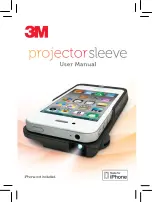
A70 Level 2 Service Manual
Copyright © Siemens Pte Ltd.
All Rights Reserved
Mai 2005
COM D CCQ SLI APAC
Page 4 of 36
Internal Use Only
1.2 GSM Network Architecture
GSM network can be broadly divided into three broad parts, namely:
1. Mobile Station (MS) carried by the subscriber
2. Base Station Sub-system (BSS) which controls the radio link with the mobile
station.
3. Mobile Switching Center (MSC) which performs the switching of calls between the
mobile users, and between mobile and fixed network users.
FIGURE 1.2 GSM ARCHITECTURE
Each mobile station is given a unique identity. As soon as the mobile phone is turned
on, it registers with the network and is authenticated, as such the network could
always find the mobile phone. Larger amount of data is being exchanged to and from
the following functional blocks in the MSC:
Visitor Location Register, VLR
Contain relevant data of all mobiles located in the serving MSC, but not belong to the
area.
Home Location Register, HLR
Stores identity and user data of all the mobile users belonging to the area.
Authentication Center, AUC
Provides the HLR with different sets of parameters to complete the authentication of
the mobile station.
Equipment Identity Register, EIR
An option the network operator can use to enforce security. With this feature the
network can identify defective or stolen mobile that may not be used in the network.





































